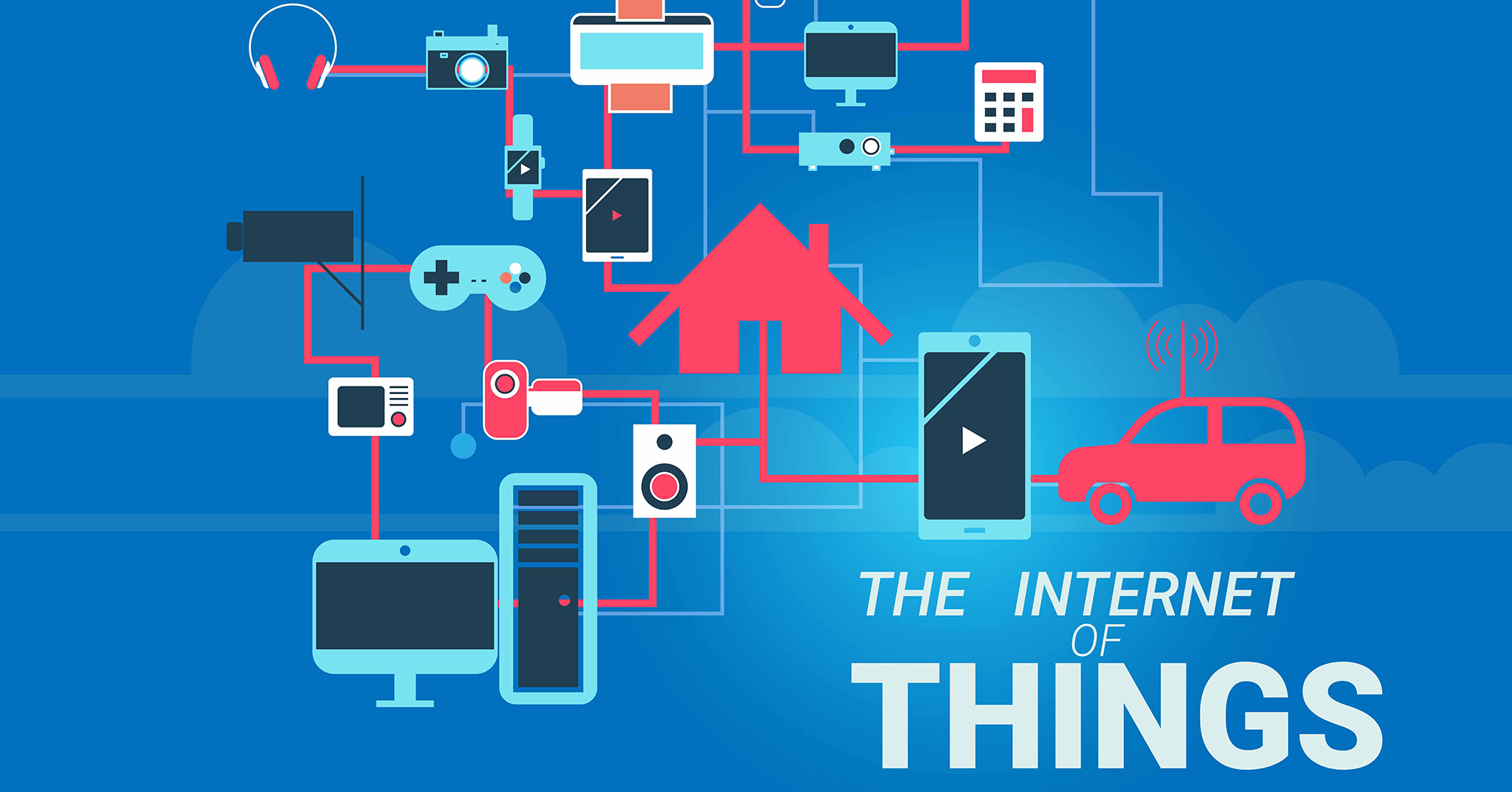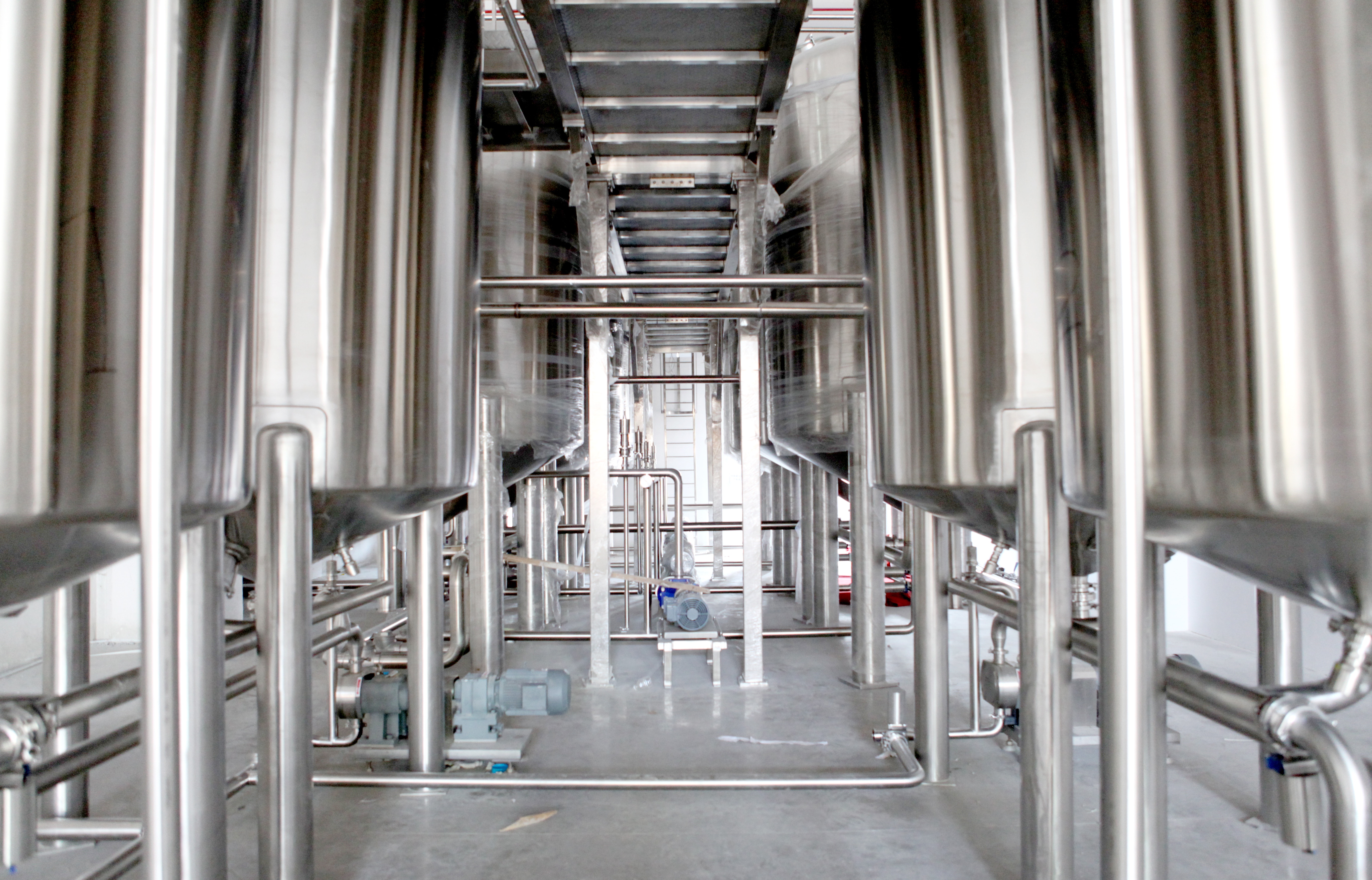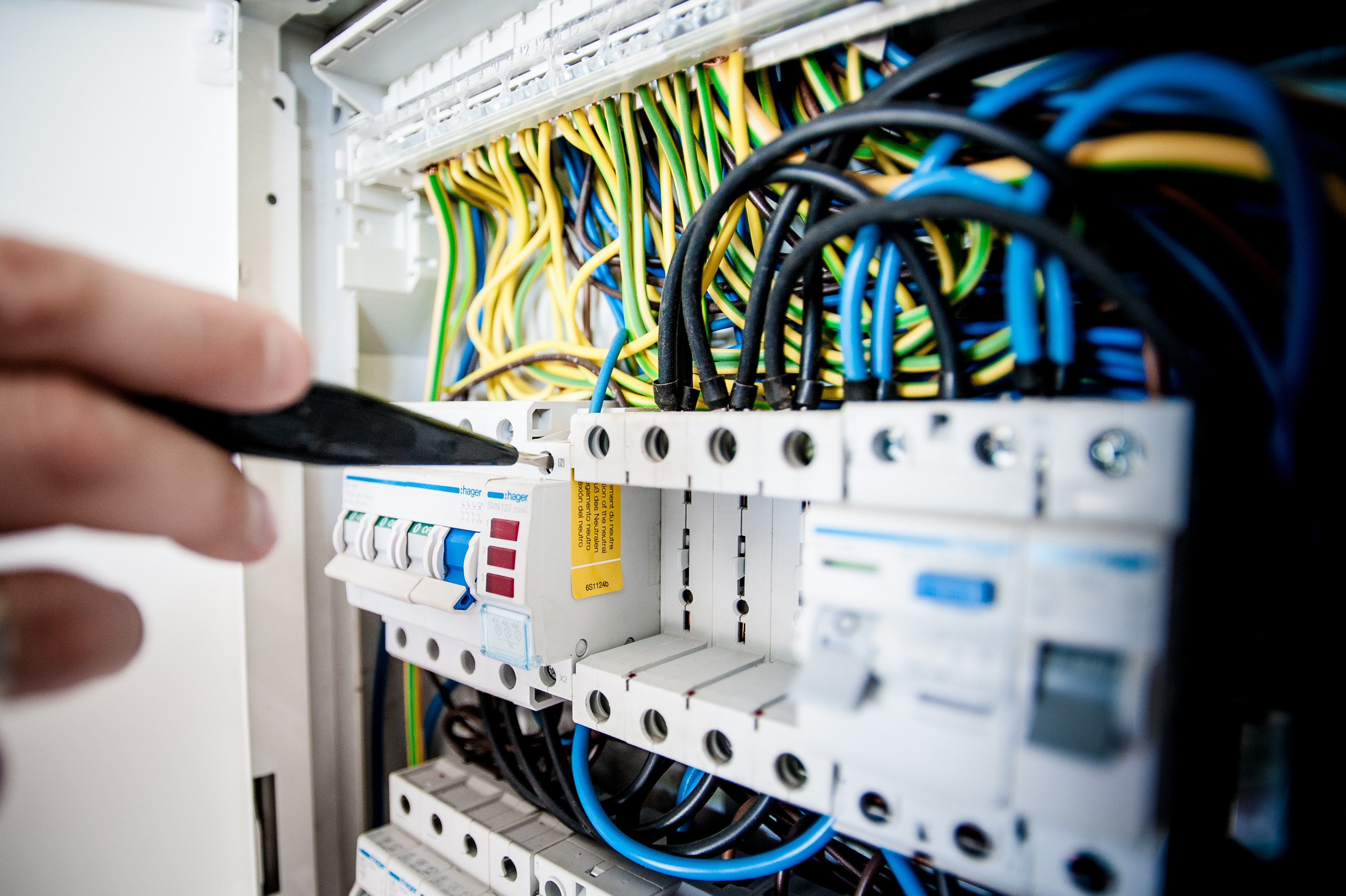There is a massive revolution going on around us. It is silent and invisible yet groundbreaking; it has the power to transform lives all around the world. This technology is called the Internet of Things (IoT), and it’s likely that you’re already a user.
For consumers, it’s potentially difficult to perceive how the Internet of Things works and what it really means to communicate with a piece of hardware through the Internet. It’s also hard to imagine what types of machinery can integrate with the Internet of Things and what that may look like. But perhaps that’s the entire reason this innovation exists: IoT utilizes smart design and usefulness that fits seamlessly into the lives of consumers.
What Is The Internet of Things?

The Internet of Things is all about connecting devices through the Internet. It allows objects and devices to communicate with one another, as well as with us. These physical objects are embedded with actuators, sensors and other devices that are built with the capability to collect and transmit data. According to Gartner, more than 5 billion devices were connected to the Internet in 2015. That number is expected to reach anywhere from 25 to 50 billion by 2020. Mind blowing!
Most of the existing IoT communication comes from industrial machine-to-machine (M2M) communication, vehicle-to-vehicle communication, smart energy grids, home and building automation, and wearable computing devices. For example, the Fitbit you use to track your daily mileage or the Nest thermostat you control from your mobile device. More on those a bit later. These devices are slowly permeating our everyday lives in such a harmonious way that we are hardly aware of the invasion.
There are several different components that make IoT work:
- Sensors: Devices used to transmit electronic data from a physical entity or event
- Actuators: Mechanisms that affect the physical environment
- Virtual objects: Wallets, books, electronic tickets
- People: Individuals that control the environment through electronic or mobile applications
- Services: Systems that build things, process data, or run operations based on the data obtained by sensors
- Platforms: Middleware used to connect the various components of the IoT
- Networks: A combination of wireless or wired technologies, protocols and standards that provide connectivity and connect all components of the IoT
The Internet of Things has transformed the physical world into an information system of its own. Sensors and actuators are implanted into various physical objects — from humans, hardware to highways — and connect through wireless and wired networks using the Internet. The networks then produce data that are transmitted to computers for the purpose of analysis followed by an action or service based on standards set during programming. Many IoT technologies today work without human intervention, allowing devices to communicate amongst each other and change processes that transform the way we live today.
Everyday Use of the Internet of Things
With this growing network of interconnectedness among electronic devices, consumers are experiencing connectivity in their lives like never before. Think about the ‘things’ in our kitchens using sensors, alerts and apps to communicate with each other. That’s IoT. Refrigerators that tie into your shopping app’s APIs to order groceries before you even know you’ve run low on something. Maybe you don’t have a refrigerator that knows when we need to buy milk or a washing machine that can tell Alexa to order more Tide yet. But many of us use the Internet of Things every day without fully realizing it.
One widely-used example of IoT technology is the Nike FuelBand tracker and Fitbit, both of which are worn on the human body and monitor physical activity, send information to the cloud, and provide users with feedback on their health. Another popular example of IoT that is found in many households is mobile app-controlled thermostats, HVAC units and water heaters. Homeowners can receive data on their energy consumption right to their mobile phones. Our work with Rheem and Honeywell are great examples of this. Nest is another popular example. With a few taps in an app, homeowners can control their thermostat from afar, set an ‘away’ mode, and Nest even automatically alters the temperature based on your settings when it senses you’re away. Smart TVs, video game consoles and DVD players have used connectivity and video streaming apps to give consumers a seamless entertainment experience across multiple devices.
While these examples are widely recognized and have high adoption, the full potential of the Internet of Things has not yet been realized. It goes far beyond the consumer experience, and long term we are likely to see its application to communities, cities and even countries. Think about the potential for interconnected city infrastructures capable of sharing information.
Improvements in technologies, especially in wireless, are an increasingly inevitable aspect of the near future that will foster more widespread adoption of IoT. Additionally, as consumers become more concerned with tracking and quantifying their activities through data collection in a modern world, the IoT will become the lead driver of the Quantified Self.
Barriers to Consumer Adoption of Internet of Things
Lack of awareness: Those of us in technology find it hard to fathom that modern consumers haven’t heard of the Internet of Things, but it is a reality. In 2014, Forbes reported that as many as 87% of American consumers had not heard of IoT in any way. That number decreased to 50% in 2015. As IoT’s value to the individual becomes more apparent, the lack of awareness will be a thing of the past.
Cost: eMarketer reports “nearly two-thirds of Internet users worldwide said that one of the barriers to purchasing IoT devices and services was the fact that they are too expensive.” As it becomes less costly to provide connectivity to physical objects, we will see more application and adoption of IoT technology.
Privacy: According to the Altimeter Group, 78% of consumers are most concerned with companies selling their data. While many consumers aren’t satisfied with a generic term of service and privacy agreement, they don’t want to be informed each time their data is used. Companies who find a middle ground will likely gain more customer opt-in.
Security: Due to an increasing number of consumers that have experienced some form of identity theft, security has become more important to the individual consumer. Not surprisingly, the more devices an individual owns, the more vulnerable they feel. However, as the increased number of connected devices sales indicates, security concerns aren’t stopping people from buying connected devices. Devices that offer a high level of security will gain the advantage of addressing consumer concerns.
Conclusion
Corporations and governments will undoubtedly lead the way in IoT adoption. But despite larger organizations’ initial market dominance, individual consumers will purchase mass amounts of connected devices and invest heavily in IoT infrastructure. Since lack of widespread IoT adoption is largely due to a misunderstanding of the benefits of smart technology and connected devices, consumer education will be integral to the growth of the consumer IoT market.



